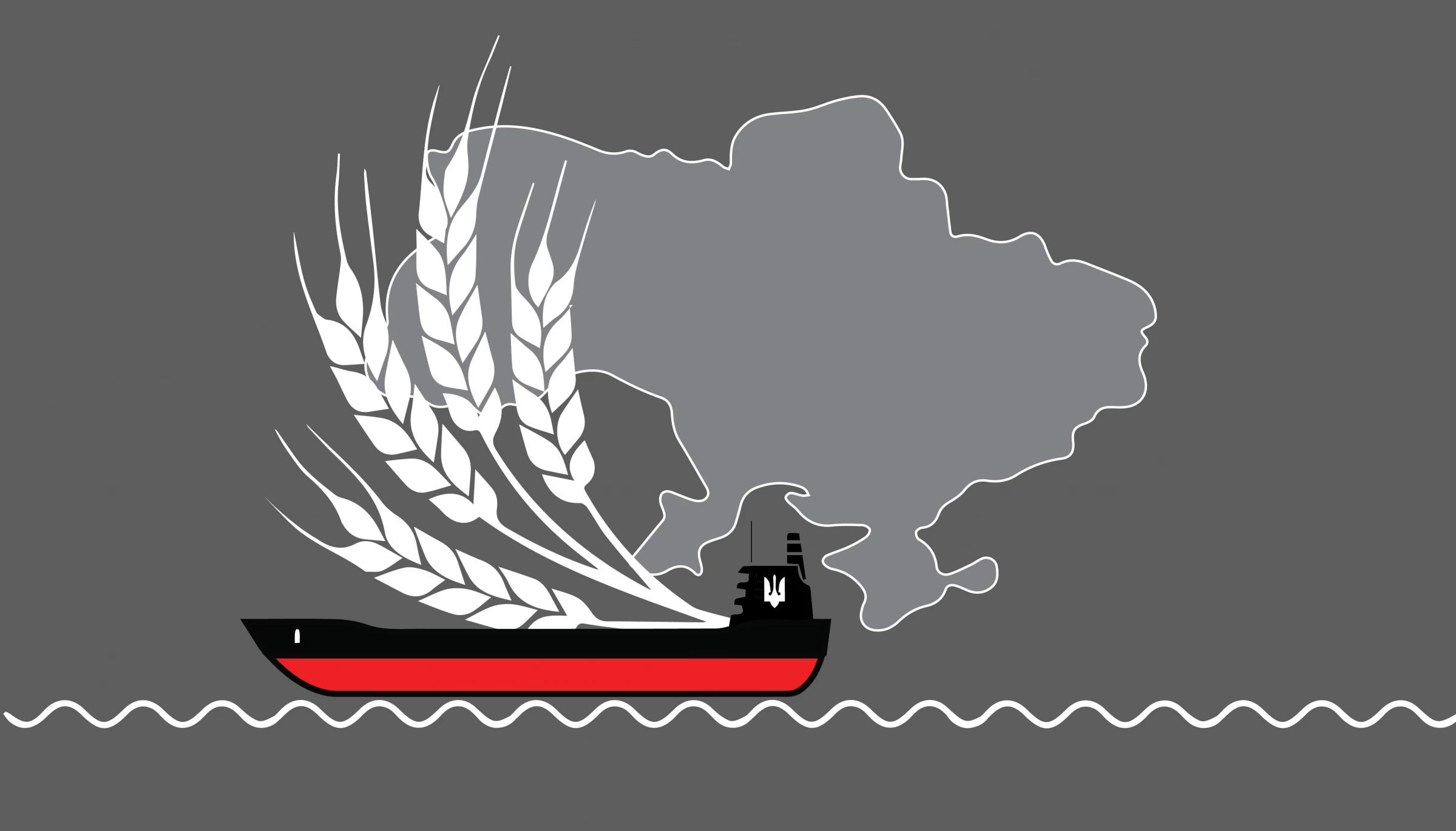February of the current year has become a record-breaking period for wartime in terms of exports of Ukrainian grain to foreign markets. The figure reached 5.2 million tons of grain, oilseeds, and similar products. The deliveries were carried out through a Ukrainian corridor from one of the Black Sea ports unilaterally. How was this phenomenon made possible, which is causing astonishment abroad?
Statistics show that this is an all-time monthly record starting from 2022. However, in the three years leading up to the full-scale invasion, the average monthly exports were 5.33 million tons, which still exceeds even the record of the last two years.
Almost back to normal
According to the latest data, grain and oilseed exports from Ukraine in the years 2023/2024 will amount to 63.77 million tons, which is only 2 million tons less than in the years 2021/2022 and 2022/2023. Therefore, it can be confidently stated that Ukraine has practically returned to its pre-war level.
But the question arises: how is this possible in the conditions of war? There are two major problems:
1. Territories;
2. Workers.
Firstly, it is known that arable land suitable for cultivation has decreased by 27-37% for different grain groups. Moreover, Russia almost continuously attacks port buildings, grain storage facilities, and terminals to prevent any exports of Ukrainian products. It is known that the agricultural sector of Ukraine has incurred losses of over 80 billion dollars.
Secondly, mobilization has reduced the availability of labor force, as a large part of the male population is at war.
Time for changes
The answer to this difficult question is that while Ukraine relatively failed in land defense, its actions in the Black Sea were extremely successful even without a navy. Russia was effectively held back. This is evidenced by the fact that 30% of the Russian Black Sea fleet has already been destroyed, and Moscow does not control the Black Sea waters. This has never been seen before in modern history.
Ukraine’s incredible success in the naval sphere has allowed for an increase in maritime trade volumes. In recent months, the flow of goods from ports like Odessa has returned to pre-war levels.
The strategic and economic importance of Ukraine’s activity in the Black Sea is hard to overstate. What military achievements helped to improve the situation?
1. Anti-ship missiles and attacks by maritime UAVs forced a significant portion of the Black Sea fleet to relocate to ports in the eastern part of the Black Sea, further away from Ukraine. Notably, these ports were fortified by Russia in advance.
2. Maritime drones were first used in October 2022, leading to the destruction of two Russian military vessels, playing a key role in Moscow’s loss of control over the Black Sea.
3. Before the full-scale invasion, Russia had 80 military ships in the Black Sea. Currently, 27 are partially or completely destroyed, while 15 are under repair.
4. Despite the technical simplicity of Ukrainian maritime drones, they demonstrate a new stage of application based on innovative usage strategies.
On the West, it is traditionally believed that innovations come from laboratories and then proceed to the military dimension. However, Ukrainians have brought the world back to a more traditional understanding of innovations. An excellent example of this is the Magura V5 drone. The length of the drone is 5.5 m, and the range is 800 km. Moreover, it emits little heat, making it difficult to detect by thermal cameras. It moves at a speed of 80 km per hour and can carry up to 320 kg of explosives.
Another example that has received high praise is the Sea Baby drone, developed by the internal intelligence forces of the Security Service of Ukraine. It is used as a kamikaze drone capable of delivering a load of 1 ton over 1,000 km.
Legal victories
American military officials note that the main feature of the Ukrainian armed forces that ensures success is flexibility. This allows them to move faster, bypassing endless bureaucracy.
However, it must be understood that the containment of Russia in the Black Sea is just one of the reasons for the recent surge in maritime trade. Another reason is the innovative approach to cargo insurance, which has provided confidence to the shipping sector. Global insurers have agreed to provide adequate insurance coverage to those ships transporting grain and other vital goods from Ukrainian ports. In November 2023, the document was signed, and in March it was renewed and expanded to include all non-military cargoes, including iron ore, steel, and container shipments.
The restoration of maritime trade is crucial as it provides a chance for a relatively stable flow of finances into Ukraine’s treasury. Without this factor, the war could have been lost even with powerful military support from partners.


